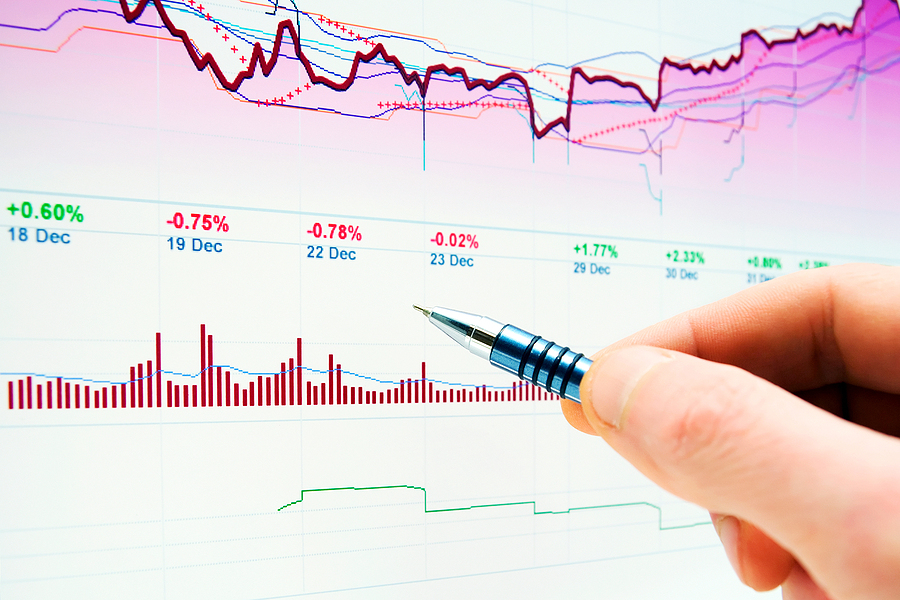Reading an Australian shares price for a company seems a fairly
straightforward exercise.
On some trading days, that number will look higher or lower than
expected. Simple, right?
Well there are some tools that anyone can use to dig into the
details and investigate if that number is an accurate gauge, or if
there is more to the story.
To have a better idea about what real value is out there in the
market with an Australian shares price, let us look at 6 key
metrics to analyse them against.
1) Price to Earnings Ratio (P/E)
The first key metric that is assessed with an Australian shares
price will be the price to earnings ratio (P/E). This places the stock
price in relation to the overall earnings of the organisation. To
reach the figure, individuals will need to divide the current price
per share by the company’s earnings per share. It offers a level of
context when it comes to the price and how it relates to the overall
earnings figures.
2) Price to Earnings Ratio to Growth Ratio (PEG)
If there is a little confusion with the P/E ratio when reviewing an
Australian shares price, then the price to earnings ratio can be
divided by the projected growth in earnings to offer more context.
There can be a lot of guesswork about what real value is
attributed to the stock and where the underlying advantages are
sourced. The lower this ratio, the more gains that can be enjoyed
by participants.
3) Earnings Per Share (EPS)
A common guide that offers insight into the real value of an
Australian shares price will be the earnings per share (EPS) for
the brand. Put simply, this is the price that each share would be
attributed to in the event that the company sold 100% of its
shares to people. The organisation’s total accumulated and
reported profit is then divided by the amount of shares it has
available, and this is the way that participants are able to view
their EPS.
4) Dividend Yield
Domestic investors who are keeping close tabs on the valuation
of a shares price might be curious to look into dividend stocks.
These are annual payments that can be part of a company’s
policy to their shareholders. If they indeed fit that category, then
they may come across the dividend yield metric. It is calculated by
dividing the annual dividend per share by the price per share,
assessing the return as a percentage of the stock price.
Experienced operators see it as a great way to review what cash
flow the client is receiving for their investment.
5) Dividend Payout Ratio (DPR)
Continuing on the theme of dividend percentages with an
Australian shares price, it is beneficial to read up on the dividend
payout ratio (DPR) to see what kind of profits that shareholders
are receiving and where the smart money should be placed. In
the most simplistic form, this is a calculation that divides the
annual dividends per share by the EPS rate.
6) Price to Book Value Ratio (P/B)
The final metric that is in play for those that want to delve into the
detail with an Australian shares price will be the price to book
value ratio (P/B). This is a quality guide that works to sort fact
from fiction. On one side of the ledger there is the value that the
market puts on a company. Then there is the value that has
actually been reported through their financial returns in very stark
terms. A company’s equity will be outlined through their book
value courtesy of a financial report. To get to this figure, traders
will divide the current price per share by the book value per share.

